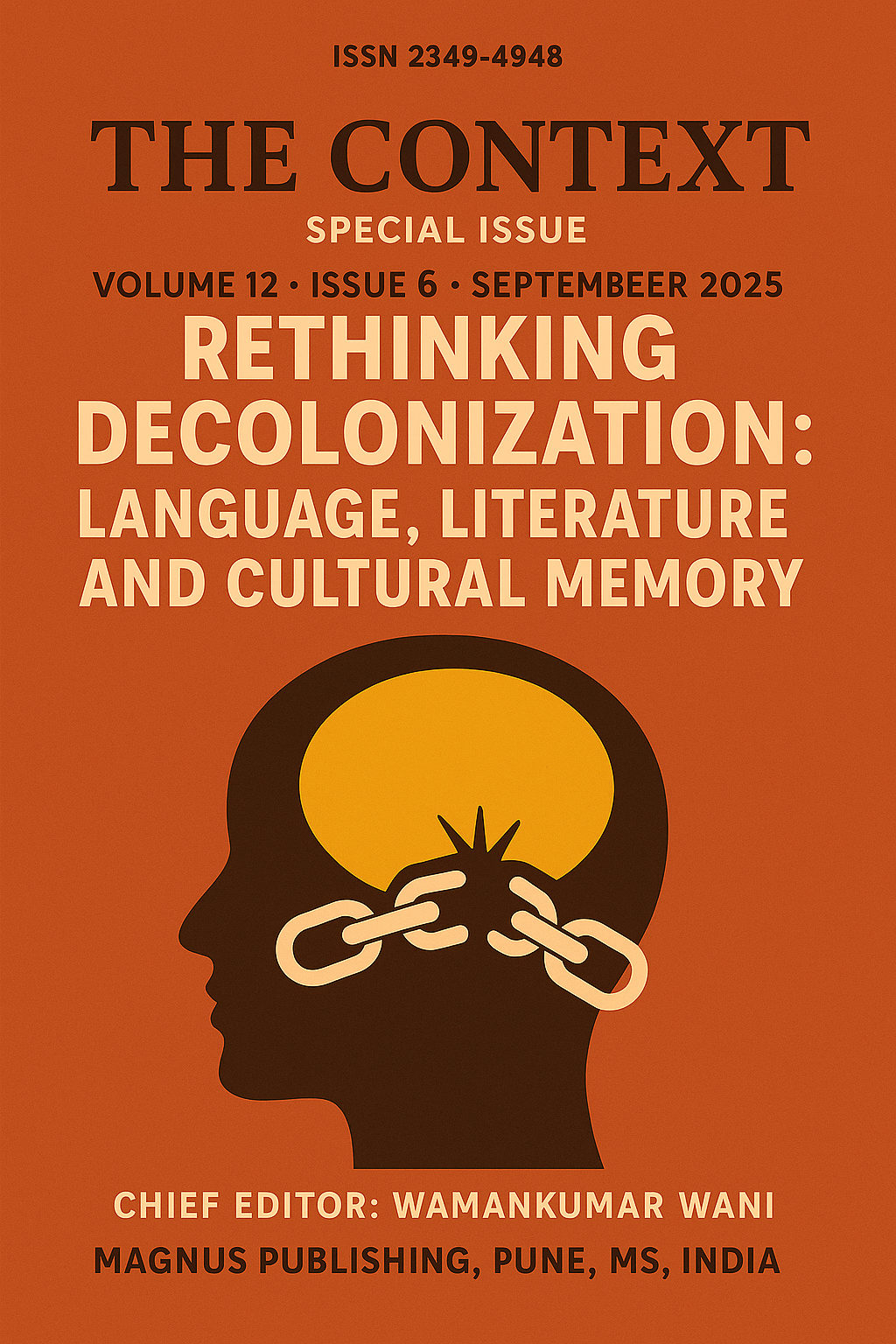Between Fabric and Myth: Material Archives and Mythic Disruptions of the Female Body in Rajkahini
https://doi.org/10.5281/zenodo.17060603
Keywords:
partition, archive, mythic, destabilization, archetypesAbstract
This study explores how the film Rajkahini (2015) represents the partitioned female body as both a material archive and an anti-epic symbol through costume, props, and mythic imagery. Sarees, stains, and jewellery serve as living testimonies of violence, survival, and relationship, whereas the film’s silence regarding menstruation and sanitation highlights the gendered omissions of partition experiences. At the same time, reference to goddess, rani, and begum archetypes are destabilized, unsettled as the narrative questions nationalist-sacrificial motifs and instead highlights fragmented, resistant female subjectivities. By tracing the intersection of material culture and myth, the paper argues that objects pull women from mythic abstraction into embodied histories. The analysis draws on feminist material culture, repair studies, economic anthropology, and subaltern feminist historiography.
Downloads
Downloads
Published
How to Cite
Issue
Section
License
Copyright (c) 2025 The Context

This work is licensed under a Creative Commons Attribution 4.0 International License.






